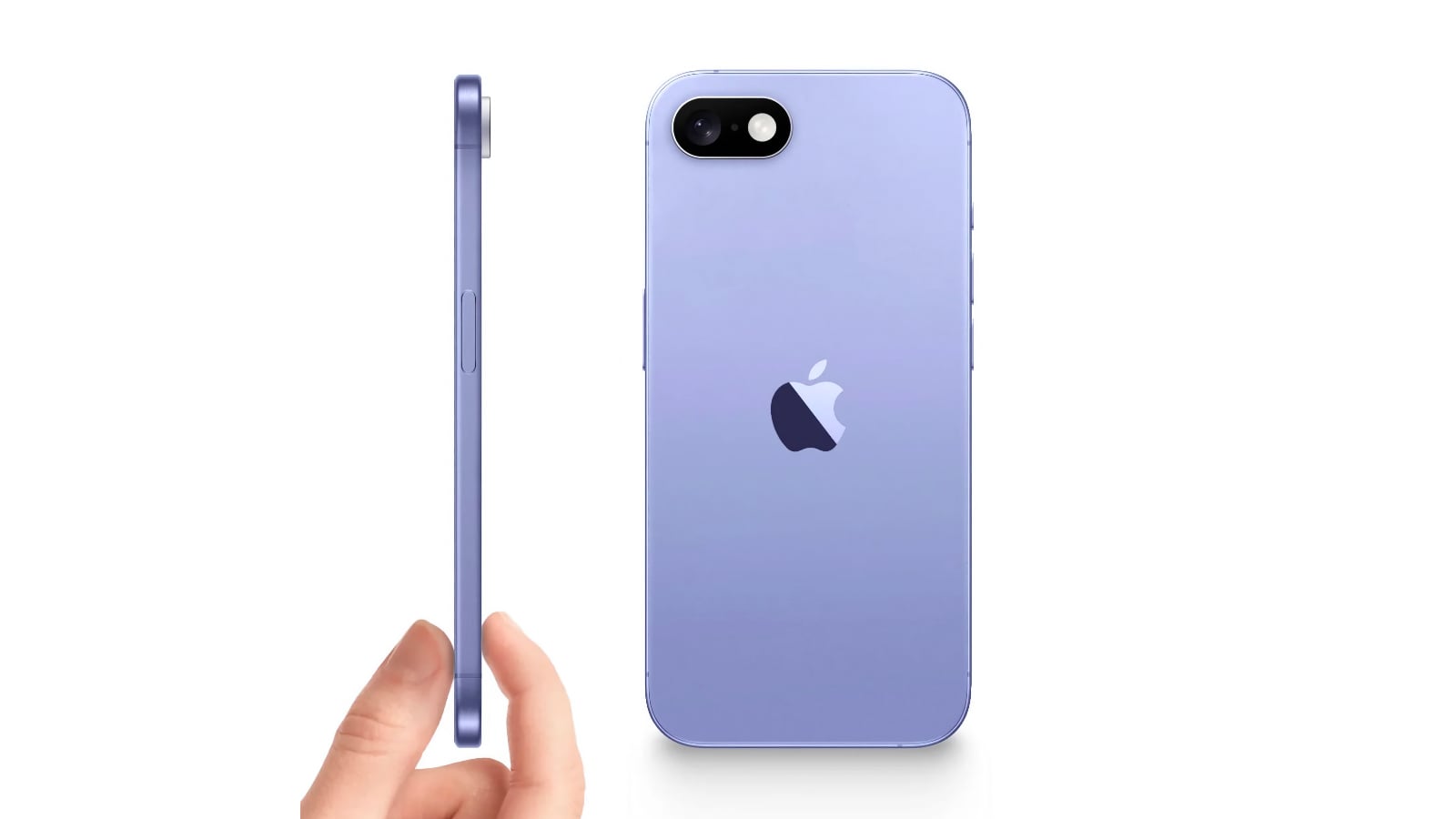Recent rumors have suggested that Apple is likely to release a new “iPhone 17 Slim,” which would be a premium model positioned above the iPhone 17 Pro Max in terms of price and exclusivity. Early reports suggested that the new phone would feature a significantly thinner design, similar to the M4 iPad Pro, perhaps at the expense of some hardware features, leading to confusion over its place in Apple’s product lineup.
The idea of a device costing more than the Pro Max but offering fewer features due to its design seemed more than questionable to us, recalling Apple’s previous strategy with the 12-inch MacBook, which prioritized design over power.
A more coherent iPhone range
However, as we saw on Sunday, Bloomberg’s Mark Gurman shed some new light on this upcoming new iPhone. In fact, the idea is said to be closer to an “iPhone Air” than an ultra-premium product. This repositions the announced device as a mid-range option, designed to bridge the gap between the standard iPhone 17 and the iPhone 17 Pro. The iPhone Air is said to be similar in concept to the MacBook Air, which sits between the entry-level MacBook (now discontinued) and the more powerful MacBook Pro, offering a sleeker, more attractive design without the premium features of the Pro models.

The logic behind this shift is strategic for Apple. Previous attempts at creating a mid-range iPhone with the iPhone mini and iPhone Plus have fallen short of expectations, at least not Apple’s, which has only sold a few million units of each model. The iPhone 15 Plus, for example, is only $100 less than the iPhone 15 Pro in the US (a bit more in France), but it lacks several advanced features such as a 120Hz display and a cutting-edge processor, making it a less attractive option for consumers. The iPhone Air, with its emphasis on design and a more attractive aesthetic, could attract customers who are willing to spend more than the price of the base model but don’t need all the features of a Pro model. It would especially appeal to people who value comfort in the hand over its lightweight design. Fans of the iPhone mini, for example, could benefit from it.
Better yet, our colleague believes that while the initial version of the iPhone Air does not match the Pro models in terms of power, Apple probably intends to gradually incorporate Pro-level features into this thinner model. This strategy would make the iPhone Air even more attractive, like the iPad Air which shares many features with the iPad Pro while maintaining a distinct position in the range.
In essence, the future iPhone lineup could be structured as follows: the iPhone 17 as the base model with a conventional design, the iPhone 17 Air (not the iPhone 17 Slim) with a larger screen and sleeker design, and the iPhone 17 Pro and Pro Max offering the best hardware and most robust design. This approach could not only help Apple more effectively bridge the gap in the mid-range, but also increase sales by appealing to a wider range of customers.
The iPhone 17 Air, which focuses on design and offers a balanced feature set, seems ready to succeed where the iPhone Plus and iPhone mini failed. One thing is for sure, the company intends to refine its various products in the long term, the first being the iPad Pro M4 which is now much more graceful than the iPad Air… The next device to benefit from this should be the Apple Watch, starting in September with the Apple Watch X.
Who considers the size of their phone to be essential when purchasing it?

